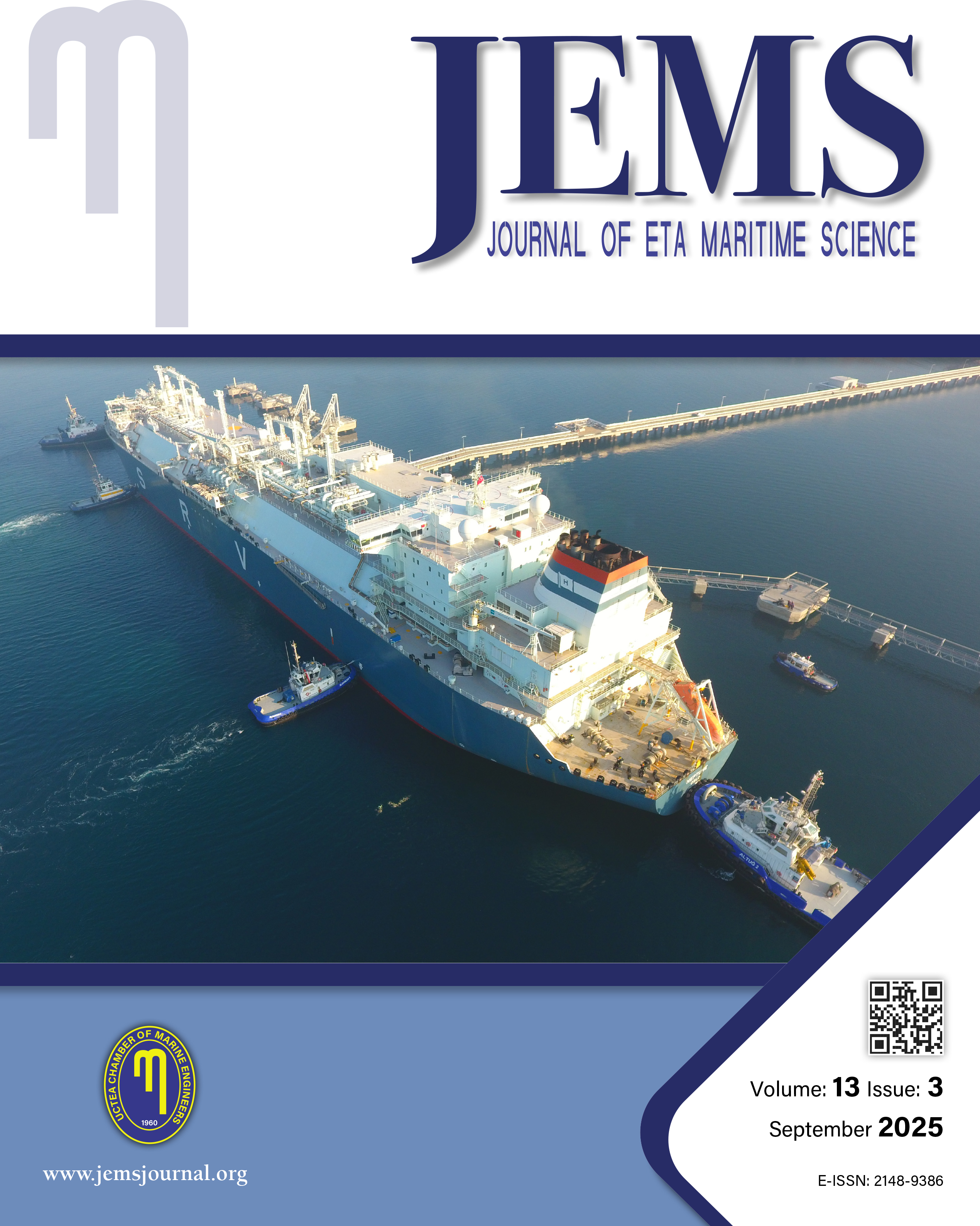

JEMS apply the Creative Commons Attribution NonCommercial 4.0 International Licence to all manuscripts to be published
The Coupling Effect on Torsional and Longitudinal Vibrations of Marine Propulsion Shaft System
Akile Neşe Halilbeşe1, Osman Azmi Özsoysal21Ordu University, Department of Marine Engineering, Ordu, Turkey2İstanbul Technical University, Department of Naval Architecture and Marine Engineering, İstanbul, Turkey
The propulsion shaft system is one of the essential parts of the ships due to its reliability and stabilization directly affecting the safety in operation. The propulsion system transmits the torque generated by the engine to the propeller via the main shaft. During its navigation, torsional, longitudinal, and transversal vibrations inevitably occur, and precautions must be taken during the design stage to prevent system damage and reduce power transmission efficiency. In this article, three dissimilar models numerically generated by the lumpedmass method are used to investigate the harmonic conclusions of forced coupled torsional and longitudinal vibrations of the system. Numerical results correlated with the experimental results at rotational speed and load acting onto the propulsion shaft system. A further finding is to create a third method upon discussing the facts revealed by analyzing the advantages and disadvantages of the models, especially considering differences between the first two models.
Keywords: Coupled torsional-longitudinal vibrations, Forced vibrations, Marine propulsion shaft system, Lumped-mass methodManuscript Language: English
(921 downloaded)










